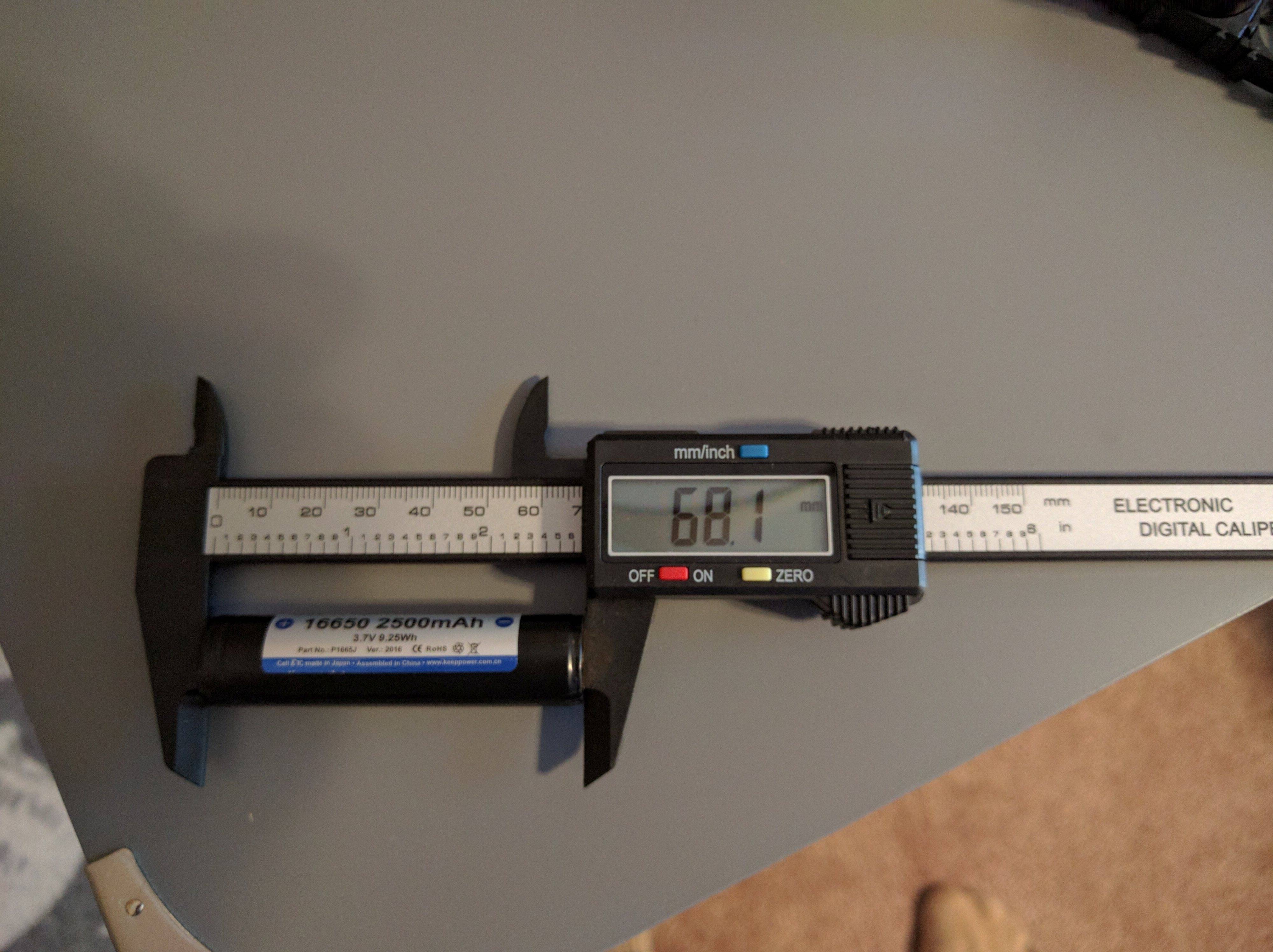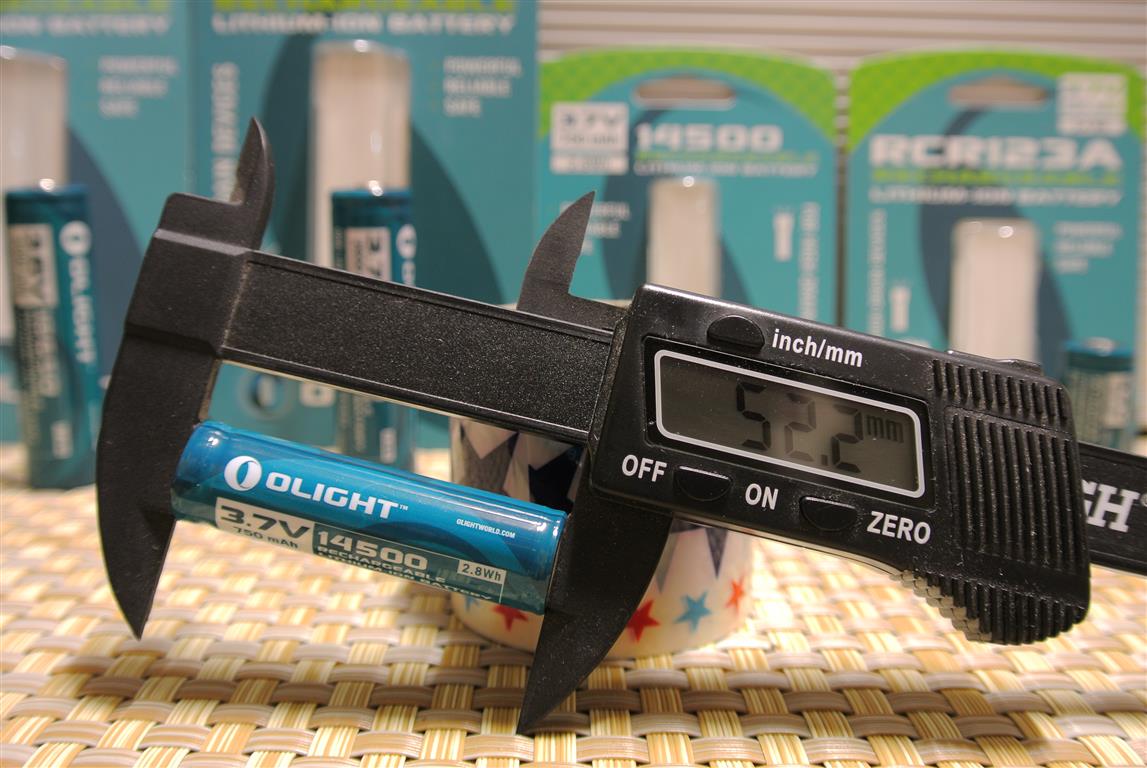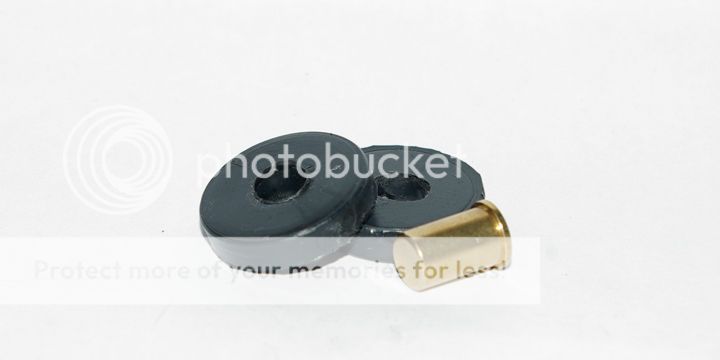I have been using 18650 li-ion batteries of late.
Noticed that some batteries are shorter than some
others I have on hand.
My first thought was to use a dial caliper to measure
them.
Then it dawned on me that by touching the top and
bottom of the battery with the same instrument, it
might short my battery.
How do others here safely measure a batteries length?.
Thanks boo
Noticed that some batteries are shorter than some
others I have on hand.
My first thought was to use a dial caliper to measure
them.
Then it dawned on me that by touching the top and
bottom of the battery with the same instrument, it
might short my battery.
How do others here safely measure a batteries length?.
Thanks boo





